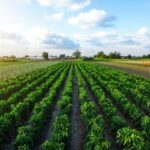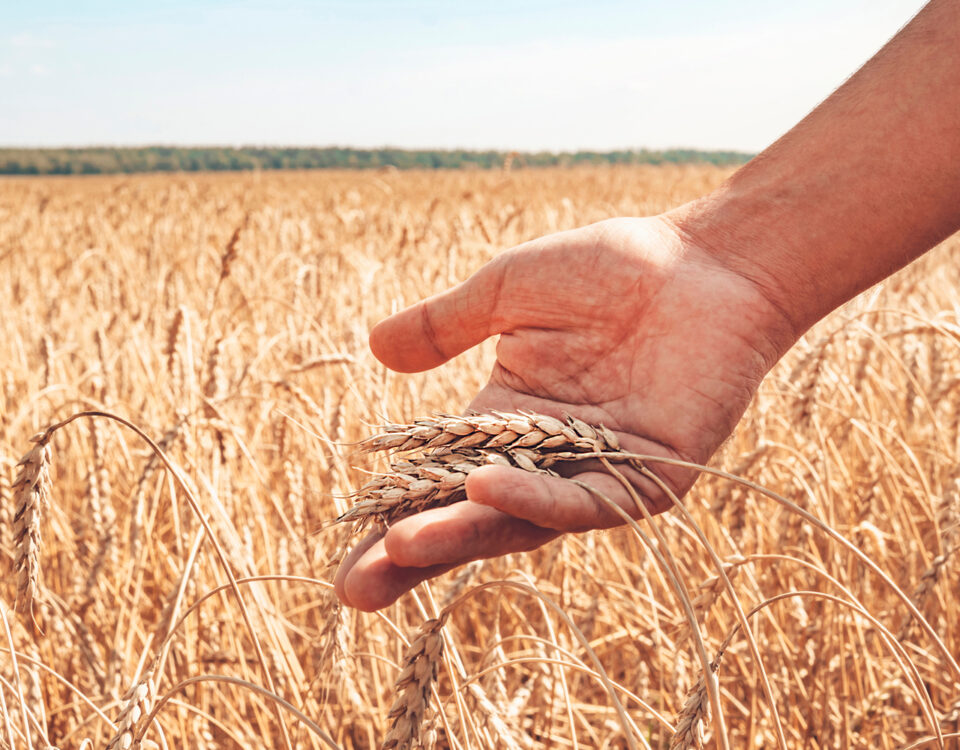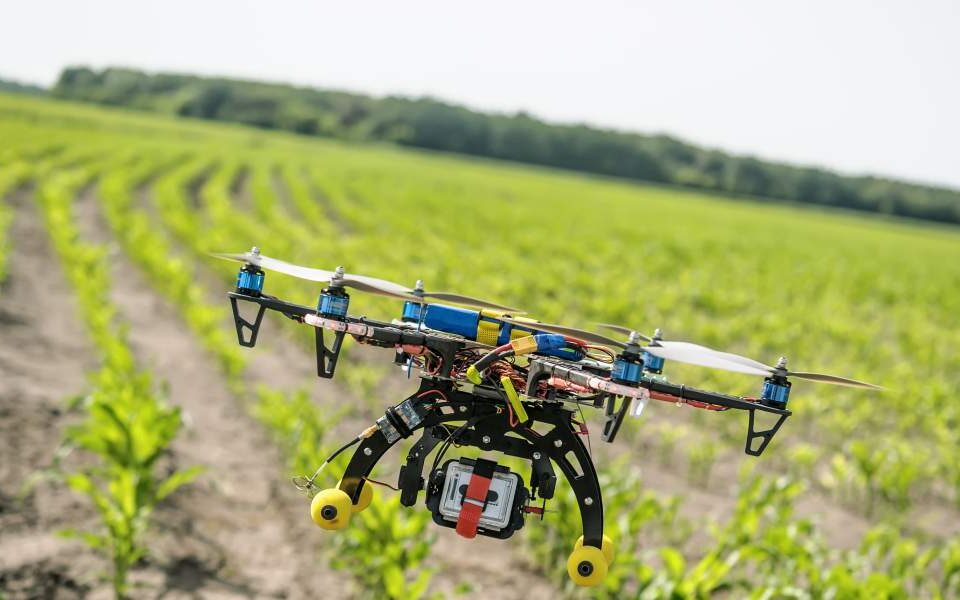
How to Prevent Soil Erosion in Agricultural Lands
September 5, 2024
How to Prevent Pest Damage in Marchan Crop Fields
September 7, 2024Introduction to Modern Irrigation Techniques
Agriculture has seen significant advancements, especially in irrigation. Traditional irrigation methods often result in water wastage and inefficient crop growth. However, modern techniques aim to enhance productivity by delivering water precisely where and when crops need it most. These innovative systems are designed to conserve water, increase crop yield, and ensure sustainability. From drip irrigation to smart systems that monitor soil moisture, irrigation technologies are becoming an integral part of successful farming. Understanding these methods is key to boosting productivity in today’s agricultural landscape.
Drip Irrigation: Efficient Water Use
One of the most popular modern irrigation techniques is drip irrigation. This method delivers water directly to the root zone of plants through a network of tubes, emitters, and valves. By minimizing evaporation and runoff, drip irrigation ensures that crops receive the exact amount of water needed. This technique is highly efficient, especially in arid regions where water is scarce. Drip irrigation not only saves water but also helps reduce weed growth and prevent soil erosion. Its precise delivery system can lead to healthier crops and increased yields, making it an essential tool for farmers.
Sprinkler Systems: Wide Coverage with Precision
Sprinkler irrigation systems have evolved over the years, offering farmers a way to cover large areas of land with minimal labor. These systems distribute water evenly across fields using sprinklers that can be adjusted for range and flow. Sprinklers are particularly effective for crops that require consistent moisture. Advanced versions, such as center-pivot systems, allow for automated, controlled irrigation across vast farmlands. These systems are not only easy to install but also reduce water waste by delivering water directly to plants, ensuring optimal growth and reducing manual effort.
Smart Irrigation Systems: Technology in Farming
The integration of technology into agriculture has led to the development of smart irrigation systems. These systems use sensors to monitor soil moisture, weather conditions, and plant health. Based on real-time data, they automatically adjust watering schedules and amounts. This precision reduces water usage and prevents over-irrigation, which can harm crops. Smart irrigation systems are a step towards sustainable farming, as they ensure efficient use of resources while maximizing crop productivity. As climate change continues to affect weather patterns, smart systems can help farmers adapt to unpredictable conditions.
Subsurface Irrigation: Watering Below the Surface
Subsurface irrigation is a method where water is delivered below the soil surface, directly to the root zone. This method prevents water loss due to evaporation and ensures that the plant’s roots receive a consistent supply of moisture. Subsurface irrigation systems are particularly useful for crops that have deep root systems. This technique also reduces the chances of diseases that thrive in wet soil surfaces. Additionally, subsurface irrigation promotes deeper root growth, which can lead to healthier and more resilient crops. Farmers using this method have reported higher yields and more efficient water use.
Conclusion: The Future of Irrigation and Agriculture
The future of agriculture depends heavily on the adoption of innovative irrigation techniques. As water scarcity becomes an increasing concern globally, farmers must turn to efficient methods like drip, sprinkler, smart, and subsurface irrigation. These systems not only conserve water but also improve crop health, reduce labor, and increase yields. By embracing these technologies, the agricultural industry can achieve higher productivity and sustainability. As technology continues to evolve, we can expect even more advanced irrigation systems that will revolutionize farming and help feed the growing global population.
to read more agriculture related blogs on the website Click here.





